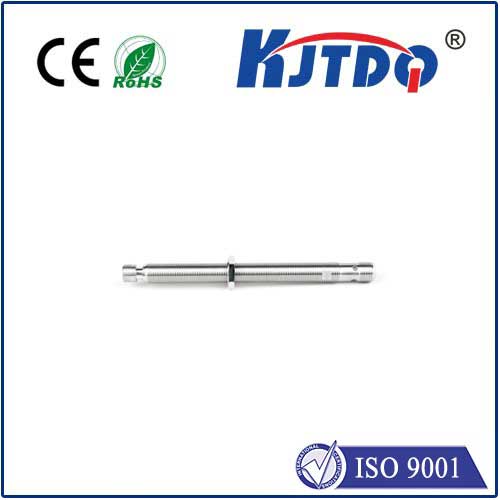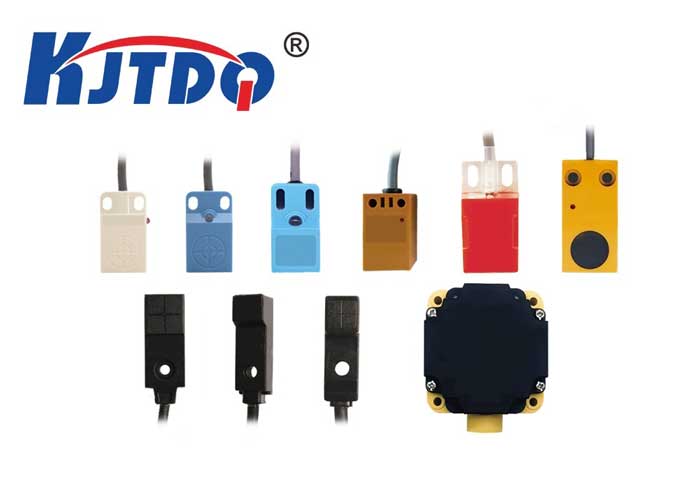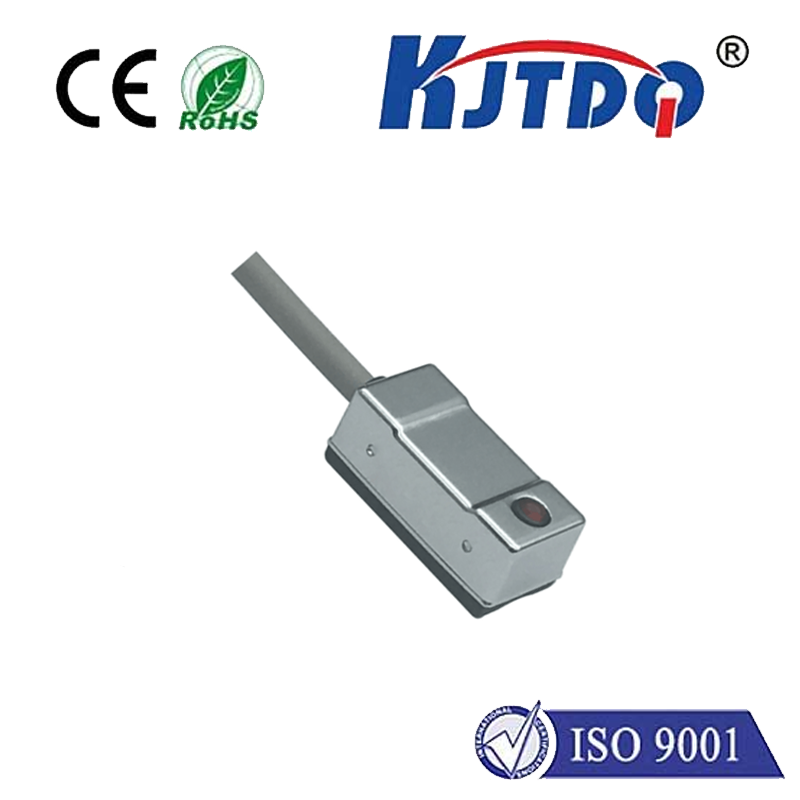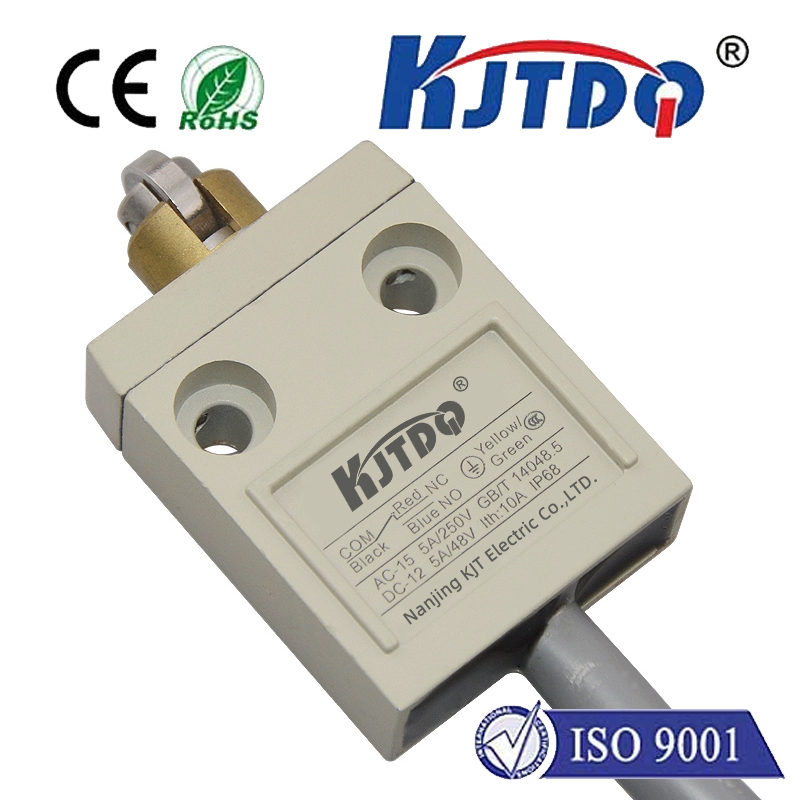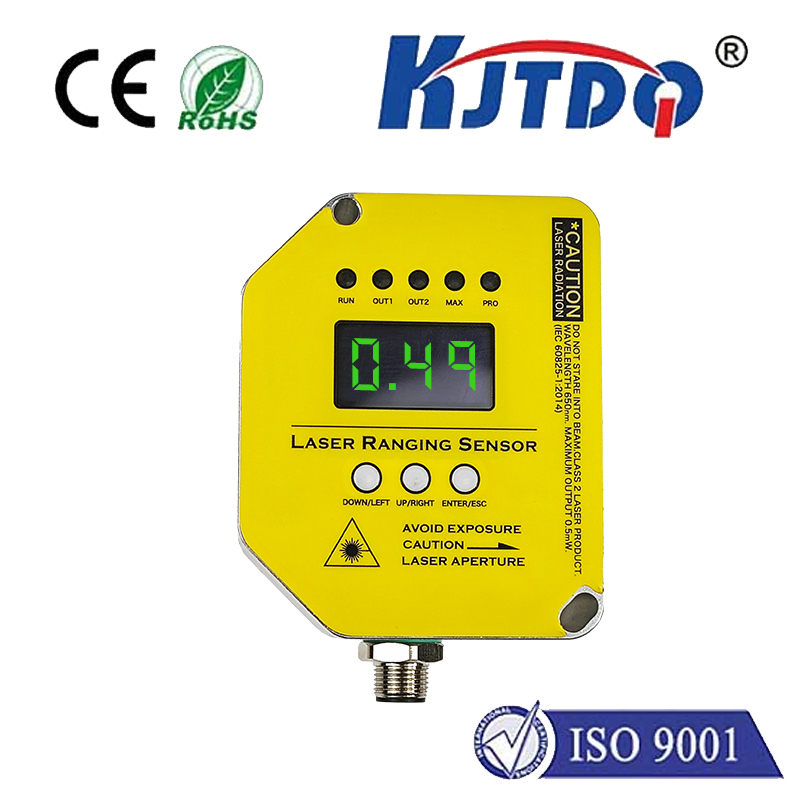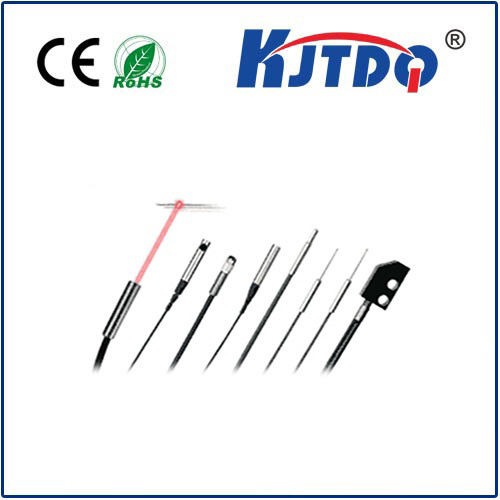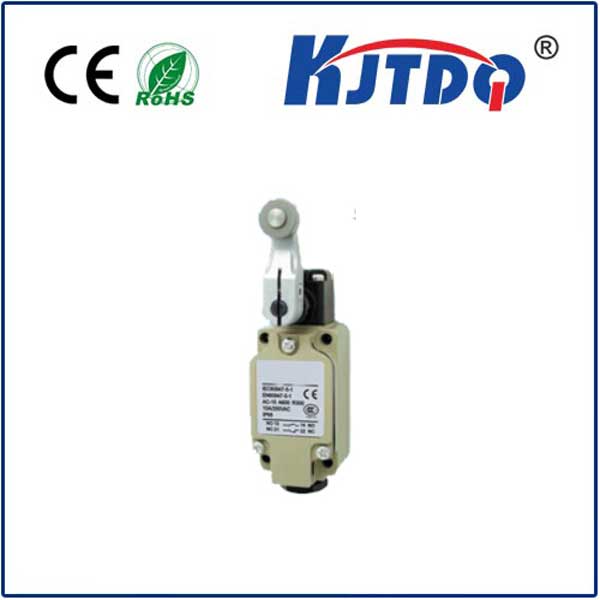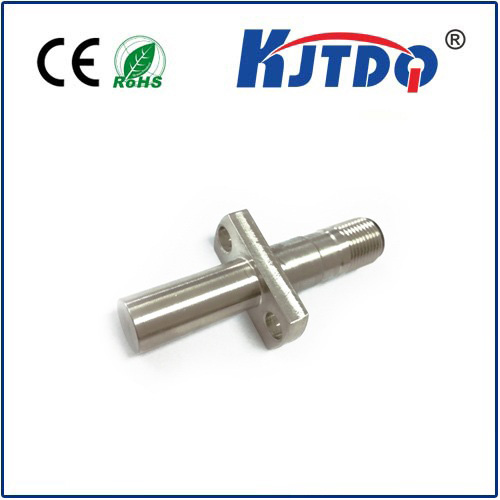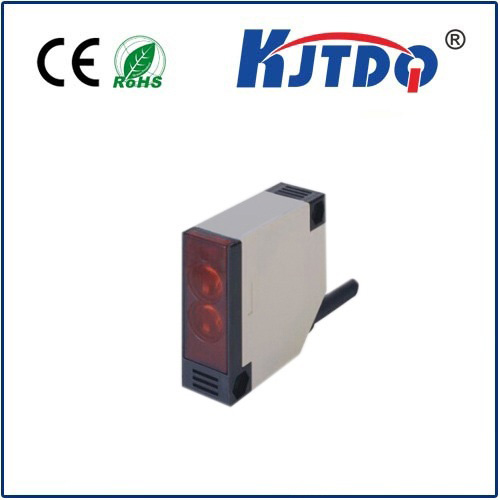E2E-X10ME2-M1-Z proximity sensor
- time:2025-09-23 01:55:01
- Click:0
E2E-X10ME2-M1-Z Proximity Sensor: Robust Reliability for Demanding Industrial Automation
Imagine a critical assembly line grinding to a halt because a sensor failed to detect a passing metal component. Lost production, frustrated technicians, costly downtime. In the relentless world of industrial automation, reliability isn’t just a preference; it’s non-negotiable. This is where sensors like the E2E-X10ME2-M1-Z, a flagship inductive proximity sensor from Omron, step into the spotlight. Engineered for performance in harsh environments, this compact powerhouse exemplifies the precision and durability required to keep operations running smoothly. Its core mission? Reliably detecting the presence of metallic objects without physical contact, even when things get tough.
So, what exactly is the E2E-X10ME2-M1-Z? It belongs to the category of inductive proximity sensors. These devices operate on the principle of generating an oscillating electromagnetic field from the sensing face. When a metallic object enters this field, it induces eddy currents within the metal, causing detectable changes in the sensor’s oscillation amplitude or frequency. This change triggers the sensor’s output switch. Crucially, this non-contact detection eliminates wear and tear compared to mechanical switches, significantly enhancing longevity and reducing maintenance headaches.

Decoding the E2E-X10ME2-M1-Z model number reveals its key specifications:
- E2E-X10: Base series indicating a cylindrical, inductive sensor with a 10mm sensing distance. This standardized range is ideal for numerous positioning and detection tasks.
- M: Signifies an M12 cylindrical threaded barrel. This compact, industry-standard size (approximately 18mm diameter) allows for easy installation in space-constrained locations.
- E2: Indicates a 3-wire configuration (PNP, NO/NC switchable) with DC power supply (typically 12-24VDC), offering flexible wiring options for different control logic.
- 2: Represents the connection type, in this case, a pre-wired cable terminated with color-coded leads (brown, blue, black for PNP output), simplifying installation.
- M1: Denotes a zinc alloy metal housing. This robust construction provides superior protection against impacts, crushing forces, and environmental contaminants compared to plastic-bodied sensors.
- Z: Signifies enhanced environmental ratings, specifically IP67 (IEC). This means the sensor is completely protected against dust ingress (IP6x) and can withstand immersion in water up to 1 meter deep for 30 minutes (IPx7), making it suitable for wash-down areas, outdoor applications, and dusty workshops. Often implies an extended operating temperature range, typically -25°C to +70°C, ensuring reliable performance in freezing cold rooms or sweltering factory floors.
Where Does the E2E-X10ME2-M1-Z Shine?
Its combination of robustness, reliability, and standard performance parameters makes it incredibly versatile across numerous industrial sectors:
- Machine Building & Assembly Lines: Detecting component presence (e.g., metal brackets, gears) for precise positioning, verifying workpiece clamping, counting parts on conveyors, and controlling indexing stations. Its flush-mountable design (objects can approach the face directly) enhances flexibility for metal targets.
- Packaging Machinery: Monitoring the position of metal parts within filling, sealing, labeling, and capping stations. The IP67 rating protects against moisture, dust, and occasional splashes common in these environments.
- Material Handling & Logistics: Detecting metal pallets, rollers, or carriers on conveyor systems, verifying bin presence on automated guided vehicles (AGVs), and monitoring the position of forklift components. The zinc alloy housing withstands knocks and vibrations.
- Automotive Manufacturing: Employed extensively for detecting pistons, shafts, and other metal components within engines, transmissions, and chassis assembly. Its resistance to cutting oil and coolants is crucial here.
- Food & Beverage Machinery (Specific Applications): While not usually for direct food contact surfaces, it excels in detecting metal machinery parts, actuator positions, and metal cans/bottles within the handling systems, benefiting from its wash-down capability (IP67).
- General Factory Automation: Any application requiring reliable detection of ferrous and non-ferrous metals – from simple limit switching to complex position feedback – is a candidate. The 10mm sensing range offers a practical balance between detection security and avoiding false triggers.
Why Choose the E2E-X10ME2-M1-Z Over Alternatives?
- Exceptional Durability: The zinc alloy metal housing (M1) is arguably its standout feature, providing superior resistance to physical impacts, abrasion, and crushing compared to standard PBT plastic sensors. This translates directly to reduced sensor failure and downtime.
- Environmental Resilience: The IP67 rating ensures reliable operation in challenging conditions – wet, dusty, oily, or variable temperature settings are no problem. Its ability to function reliably across an extended temperature range (-25°C to +70°C) adds another layer of reliability.
- Industrial Standard Performance: A 10mm sensing distance is versatile and widely applicable. The flush mounting capability provides flexibility for detecting targets head-on.
- Proven Technology: Omron’s reputation for quality and reliability in industrial automation components extends to the E2E series. Features like short-circuit protection and reverse polarity protection safeguard both the sensor and connected equipment.
- Easy Installation & Integration: The M12 threaded barrel is universally recognized and facilitates quick mounting. The pre-wired cable (2m standard length) with color-coded leads simplifies wiring connections compared to connector types. The PNP, NO/NC switchable output offers flexibility for interfacing with different PLCs and controllers.
Implementing the E2E-X10ME2-M1-Z proximity sensor requires attention to best practices: ensure the target metal type (steel vs. non-ferrous) and size meet the sensor’s specifications. Mount securely, avoiding excessive torque on the housing. Consider ambient conditions like welding fields or strong electromagnets that can interfere, and maintain the specified clearance zones around the sensor. Verify the output wiring (PNP) matches your control system’s requirements. Proper alignment between the sensor face and the target is crucial for consistent performance.






